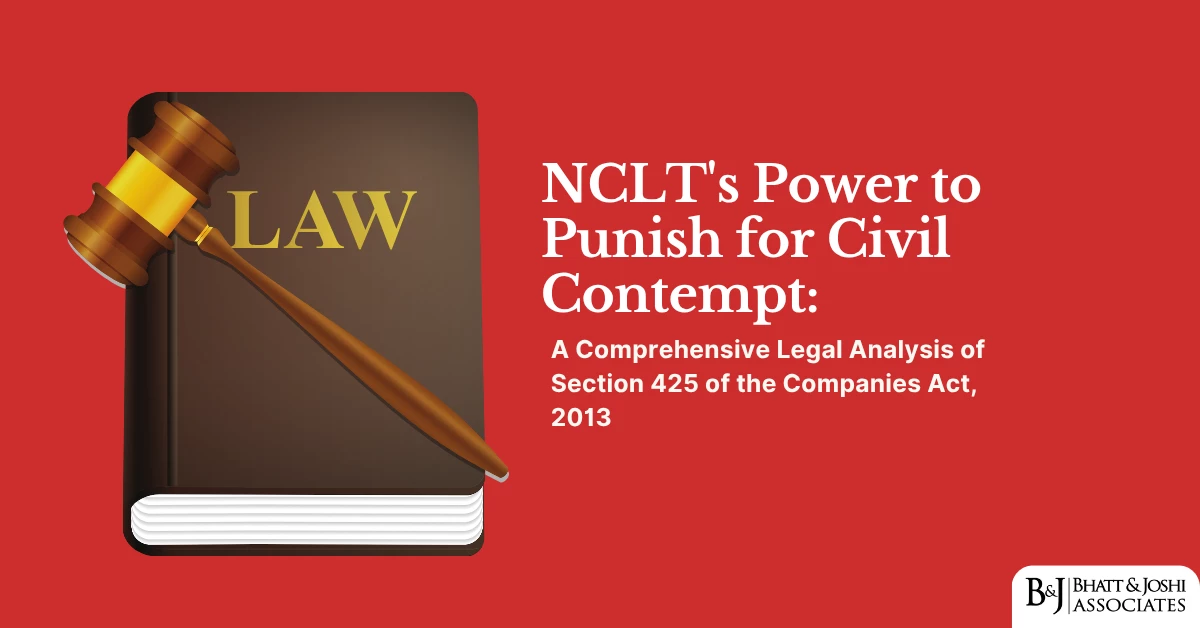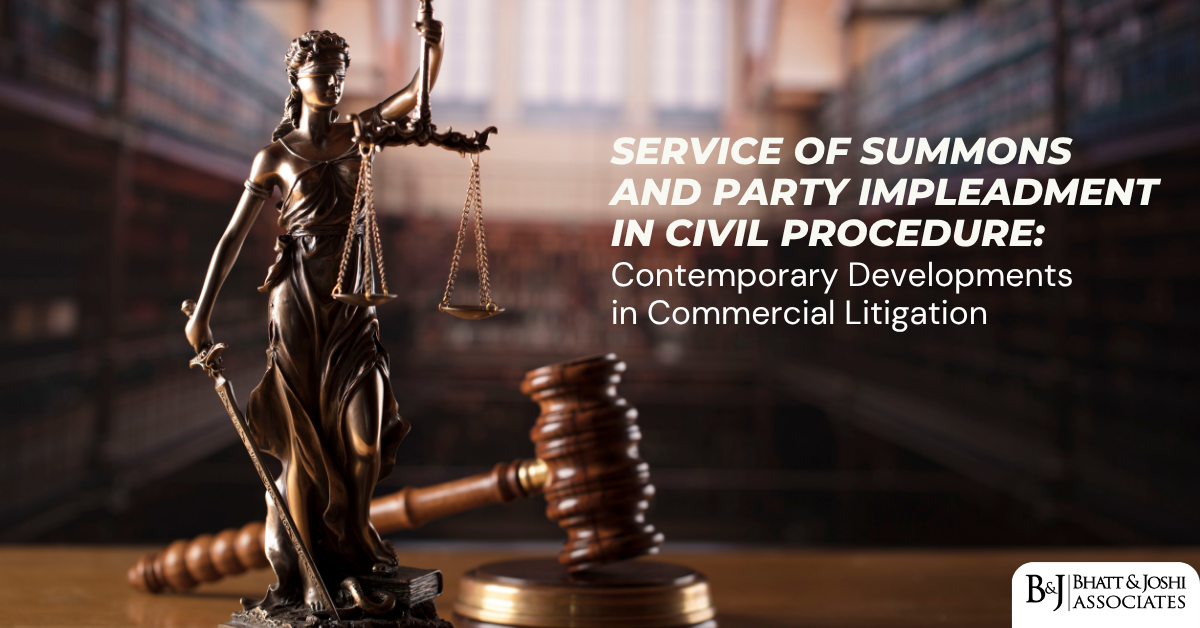A Comprehensive Guide to Assessment Procedures and Dispute Resolution Frameworks

Introduction
Transfer pricing has become one of the most contentious areas in Indian tax litigation, with significant implications for multinational enterprises operating in India. This article provides a comprehensive analysis of the transfer pricing assessment framework in India, focusing specifically on the role of Transfer Pricing Officers (TPOs), the Dispute Resolution Panel (DRP) mechanism, and how these compare with regular appeal proceedings before Commissioner of Income Tax (Appeals).
Legal Framework of Transfer Pricing in India
Origin and Legislative Framework
Transfer Pricing provisions were introduced in the Indian Income Tax Act, 1961 through the Finance Act, 2001, effective from Assessment Year 2002-03. These provisions are contained in Chapter X of the Income Tax Act (Sections 92 to 92F) and are designed to ensure that international transactions between associated enterprises are conducted at arm’s length prices.
Key Statutory Provisions Under Transfer Pricing Law in India
The transfer pricing legal framework in India comprises the following key sections:
- Section 92: Prescribes that income arising from international transactions between associated enterprises should be computed with regard to arm’s length price (ALP)
- Section 92A: Defines “associated enterprises”
- Section 92B: Defines “international transaction” as a transaction between two or more associated enterprises, at least one of which is a non-resident
- Section 92C: Outlines methods for computation of ALP and empowers the Assessing Officer to determine ALP in certain circumstances
- Section 92CA: Provides for reference to Transfer Pricing Officer
- Section 92D: Mandates maintenance of documentation
- Section 92E: Requires certification of international transactions by a chartered accountant
- Section 92F: Provides definitions for key terms
Transfer Pricing Methods in India
As per Rule 10B and 10AB of Income Tax Rules, 1962, the transfer pricing methods that can be used to determine the arm’s length price include:
- Comparable Uncontrolled Price (CUP) Method
- Resale Price Method
- Cost Plus Method
- Transactional Net Margin Method (TNMM)
- Profit Split Method
- Other Method (prescribed in Rule 10AB)
India follows the “Most Appropriate Method” approach rather than a hierarchy of methods. The most appropriate method is determined after considering factors such as the nature of the transaction, functional analysis, availability of comparable data, and reliability of adjustments.
The Role of Transfer Pricing Officer (TPO)
When Transfer Pricing Officer Comes into Picture
The transfer pricing assessment process often involves the Transfer Pricing Officer (TPO), a specialized officer designated to deal with transfer pricing matters. The reference to TPO is governed by Section 92CA of the Income Tax Act.
Reference to Transfer Pricing Officer: Process and Authority
The Assessing Officer (AO) has the authority to refer the computation of Arm’s Length Price (ALP) of an international or specified domestic transaction to the TPO. However, this discretion is not available to the assessee. Before making such a reference, the AO must obtain prior approval from the Principal Commissioner/Commissioner of Income Tax.
The CBDT has issued various instructions regarding when cases should be referred to the TPO. Initially, reference was based on the value of international transactions (exceeding Rs. 5 crores, later increased to Rs. 15 crores). However, in 2015 and 2016, the CBDT shifted to a risk-based assessment approach through Instructions No. 15 of 2015 and No. 3 of 2016.
Powers and Functions of Transfer Pricing Officer
Section 92CA(2) empowers the TPO to issue notices to the assessee requiring the production of documents and evidence relating to international transactions. The TPO’s key functions include:
- Determining the arm’s length price of international transactions
- Conducting detailed analysis of comparable companies
- Making adjustments to transfer prices if they deviate from arm’s length principle
- Passing an order under Section 92CA(3) determining the ALP
The TPO assessment typically follows a multi-stage process:
- Issues preliminary questionnaire
- Reviews relevant documents (TP Report, Audit Report, Agreements, etc.)
- Conducts hearings and requests additional information
- Issues show cause notice outlining proposed adjustments
- Considers assessee’s response
- Passes final order determining ALP
After the TPO passes an order, it is forwarded to the AO, who then incorporates the TPO’s determination into the draft assessment order.
Dispute Resolution Mechanisms: Introduction to DRP
Origin and Constitution of DRP
The Dispute Resolution Panel (DRP) was introduced through the Finance (No.2) Act, 2009, effective from April 1, 2009. It was established as an alternative dispute resolution mechanism to expedite the resolution of transfer pricing disputes.
Section 144C governs the provisions relating to DRP. According to Section 144C(15), the DRP is defined as a collegium comprising three Principal Commissioners or Commissioners of Income Tax constituted by the Central Board of Direct Taxes (CBDT).
Eligibility for Approaching DRP
The following assessees are eligible to file objections before the DRP:
- Foreign companies
- Any person in whose case variation arises on account of an order of the Transfer Pricing Officer passed under Section 92CA(3)
When DRP Comes into Picture
The DRP mechanism is triggered when the Assessing Officer proposes to make any variation in the income or loss returned by an eligible assessee that is prejudicial to the assessee’s interests. In such cases, the AO is required to forward a draft assessment order to the assessee.
Upon receiving the draft assessment order, the eligible assessee has 30 days to:
- Accept the draft order, or
- File objections with the DRP
If the assessee chooses to file objections with the DRP, the panel is required to issue directions within nine months from the end of the month in which the draft order was forwarded to the assessee. These directions guide the AO in completing the final assessment.
Powers and Limitations of DRP
Powers of DRP
The DRP has the following powers:
- Power to issue directions: The DRP can issue directions to the AO to guide the completion of assessment after considering the draft order, objections, and evidence.
- Power to conduct further inquiry: The DRP may conduct additional inquiries itself or cause inquiries to be made by any income tax authority and consider the report from such inquiry.
- Power to confirm, reduce, or enhance variations: The DRP can confirm, reduce, or enhance the variations proposed by the AO in the draft assessment order.
- Powers of a civil court: The DRP has powers similar to a civil court under the Code of Civil Procedure, 1908.
Limitations on DRP Powers
The DRP also has certain limitations:
- No power to remand: The DRP cannot remit the matter back to the TPO. As noted in the Ford India Pvt Ltd case before the Chennai ITAT, “DRP has no power to remit the matter back to the file of the TPO and the DRP alone has to determine the quantum of addition or relief and issue direction to the Assessing Officer.”
- Restricted to variations in draft order: The Karnataka High Court in the GE India Technology Centre Pvt. Ltd. case established that “The powers of the DRP are restricted to the variations proposed in the draft order… the DRP does not have powers to look beyond the variations proposed in the draft assessment order.”
- No power to set aside variations: Section 144C(8) explicitly states that the DRP “shall not set aside any proposed variations or issue any direction under sub-section (5) for further enquiry and passing of the assessment order.”
Commissioner of Income Tax (Appeals): The Alternative Route
CIT(A) Appeal Process
When an assessee receives a final assessment order, they have the option to file an appeal before the Commissioner of Income Tax (Appeals) [CIT(A)] within 30 days of receiving the order. This is the conventional appeal process available to all taxpayers under the Income Tax Act.
Powers of CIT(A)
The CIT(A) has broad appellate powers, including:
- Confirming, reducing, enhancing, or annulling the assessment
- Setting aside the assessment and referring it back to the AO for fresh assessment
- Granting stay of demand in relation to appeals pending before it
The CIT(A)’s powers are considered co-terminus with those of the Assessing Officer, but generally limited to matters that were raised or processed before the AO.
Comparative Analysis: DRP vs. CIT(A)
Constitutional Structure
- DRP: Collegium of three officers of the CIT rank
- CIT(A): Single Commissioner of Income Tax
Application Process
- DRP: Objections to draft order within 30 days using Form 35A
- CIT(A): Appeal against final order within 30 days using Form 35
Time Constraints
- DRP: Statutorily required to pass directions within 9 months
- CIT(A): No prescribed time limit for disposal of appeals, though ideally within 1 year from the end of the financial year in which appeal was filed
Based on practical experience, DRP proceedings typically conclude within 10-11 months, while CIT(A) appeals may take 2-4 years for resolution.
Tax Demand Status
- DRP: No demand payable until disposal of the matter and issuance of final assessment order
- CIT(A): Tax demand becomes payable upon receipt of final assessment order
Per the CBDT Office Memorandum dated July 31, 2017, assessees are typically required to pay 20% of the disputed demand when appealing before CIT(A). The assessee may file a stay application with the AO, seeking a complete or partial stay of demand.
Additional Evidence Rules
- DRP: Generally accepted with recording of reasons (Rule 13 of DRP rules)
- CIT(A): Stricter conditions under Rule 46A with specific prerequisites for admission
The DRP process allows assessees to raise any matter regardless of whether it was previously raised before the AO. In contrast, CIT(A) generally has no jurisdiction over matters not raised or processed before the AO.
Appeal Rights
- DRP: Only the taxpayer can appeal to ITAT against the final order; Revenue cannot appeal against DRP directions
- CIT(A): Both taxpayer and Revenue can appeal to ITAT against CIT(A) order
Until 2012, the tax department could not appeal against orders passed following DRP directions. However, the Finance Act, 2012 amended this provision, allowing the department to file appeals in certain circumstances.
DRP Process Flow
The complete DRP process flow can be summarized as follows:
- TPO passes order determining arm’s length price
- AO formulates draft assessment order incorporating TPO’s determination
- Draft order is forwarded to eligible assessee
- Assessee files objections with DRP within 30 days
- DRP conducts hearings and reviews evidence
- DRP issues directions within 9 months from the end of the month in which draft order was forwarded
- AO passes final assessment order within 1 month from the end of the month in which DRP directions are received
- Assessee can appeal to ITAT against final order within 60 days
Judicial Interpretations and Key Rulings
DRP Jurisdiction and Powers
Several judicial rulings have clarified the jurisdiction and powers of the DRP:
- Validity Requirements: Recent rulings have established that “DRP directions without a valid computer-generated Document Identification Number (DIN) allotted and quoted in the body of the order are invalid and deemed never issued.” This requirement was introduced by CBDT Circular No. 19/2019 dated August 14, 2019.
- Mandatory Consideration of Objections: The Madras High Court has ruled that the DRP must consider objections on merits even if parties fail to appear: “The DRP has no option but to deal with objections, if any, filed by an eligible assessee on merits and, in the event of non-consideration, it is to be construed that the right conferred to an assessee has not been complied with.”
- Consent for Alternative Route: In AIA Engineering Ltd. v. DRP, the Gujarat High Court addressed a case where an assessee sought DRP’s consent to enable filing an appeal before CIT(A) instead. The DRP had declined, stating it lacked such powers. The High Court held that if the DRP takes this position, it must consider the objections on merits.
Supreme Court on Transfer Pricing Appeals
The Supreme Court has provided guidance on appeals in transfer pricing matters, clarifying:
- Questions of comparability of companies or selection of filters are questions of fact, not law
- Transfer pricing provisions are essentially a valuation exercise, which previous decisions have held to be questions of fact
- Appeals to High Courts are permissible only if a substantial question of law arises, such as determining if a transaction falls within the definition of an “international transaction” or if two enterprises are “associated enterprises”
Practical Considerations for Taxpayers
When deciding between the DRP and CIT(A) routes, taxpayers should consider:
- Timeline Priority: If faster resolution is important, the DRP route may be preferable with its mandatory 9-month timeline
- Tax Flow Management: No payment required during pendency of DRP proceedings, unlike CIT(A) route where 20% is typically required
- Complexity of Issues: The three-member panel of DRP may be better equipped to handle complex transfer pricing matters
- Additional Evidence Needs: DRP has more flexible rules for submitting additional evidence
- Departmental Appeal Risk: After DRP, revenue department’s appeal rights are more restricted
- Enhancement Risk: DRP can enhance variations proposed in draft order, which may be a disadvantage
Conclusion: Navigating Transfer Pricing Disputes
Transfer pricing adjudication in India has evolved into a specialized area with dedicated mechanisms for dispute resolution. The introduction of the DRP as an alternative dispute resolution mechanism has provided eligible assessees with a potentially faster resolution path, particularly for transfer pricing disputes.
The differences between the DRP and CIT(A) routes present strategic choices for taxpayers facing transfer pricing adjustments. While the DRP offers expedited timelines, a collegial decision-making process, and no immediate tax payment requirement, the CIT(A) route may be preferable in certain circumstances depending on case-specific factors.
As transfer pricing continues to be a significant area of tax litigation, understanding these mechanisms, their powers, limitations, and procedural differences becomes crucial for taxpayers and practitioners navigating India’s complex tax adjudication landscape.
Written by : Aditya bhatt
Associate: Bhatt and Joshi Associates













